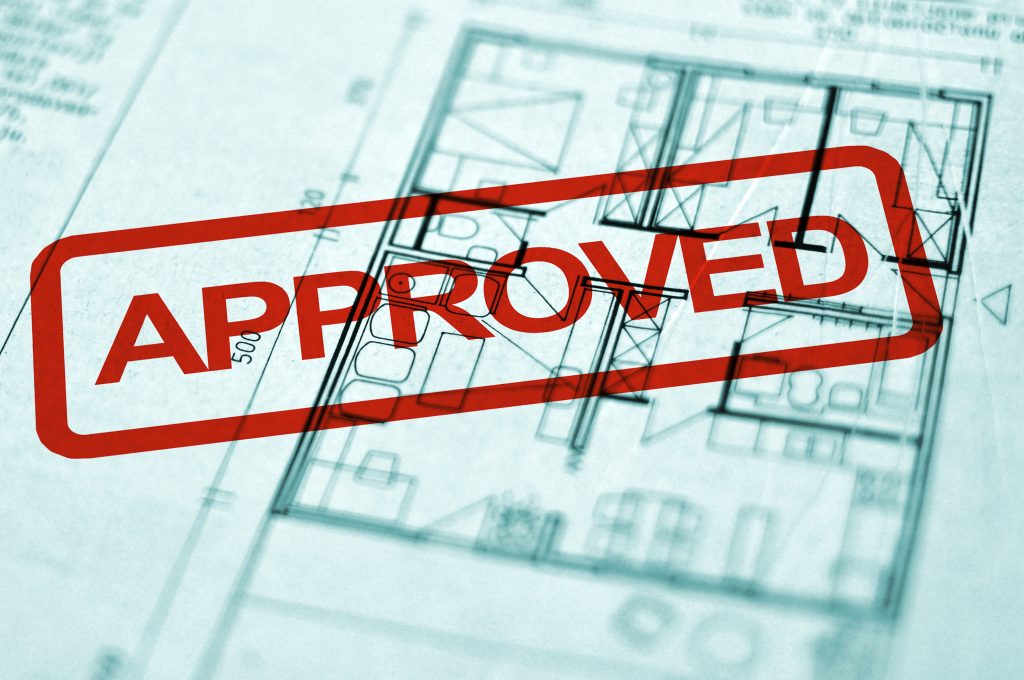
Public Law Update – Updates to the Housing Accountability Act and Builder’s Remedy (AB 1893)
Dec 05, 2024In an ongoing effort to tackle California’s housing crisis, Assembly Bill 1893 (2024) (“AB 1893”) introduced substantial changes to the Housing Accountability Act (‘HAA”) and the Builder’s Remedy provision. AB 1893 aims to make it easier for housing developers to build affordable housing projects, particularly in cities that are not meeting their state-mandated housing targets.
Existing law establishes the Builder’s Remedy which is a legal tool in California that allows developers to build certain housing projects without complying with local zoning laws. AB 1893 strengthens the Builder’s Remedy by limiting local governments’ ability to deny qualifying projects, clarifying affordability and project size standards, and ensuring faster approvals.
Key Updates
AB 1893 refines and expands the Builder’s Remedy to make it a more effective tool for enforcing housing compliance. Specifically, it provides:
- Stricter Standards for Disapproval: clarifies that local governments cannot deny a Builder’s Remedy project if their housing element was noncompliant when the application was completed.
- Affordability Requirements: AB 1893 sets specific affordability standards for Builder’s Remedy projects, including various thresholds for low- and very-low-income units. Projects can also qualify based on size (e.g., under 10 units, or located on sites under one acre), ensuring that both large and small developments can benefit from the Builder’s Remedy provision.
- Limiting Local Restrictions: Local agencies are limited to applying only objective, pre-existing standards to Builder’s Remedy projects. Additional conditions, fees, or restrictions cannot be imposed solely because a project is using the Builder’s Remedy. This is intended to prevent cities from creating unnecessary obstacles that would make the projects unfeasible.
- Expanded Definition of “Disapproval:” AB 1893 expands the definition of “disapproving” a project. Now, actions like repeated delays, extensive hearings, or burdensome requirements could qualify as disapproval, opening the door for legal challenges under the HAA.
- Increased Density Bonuses and Incentives: Developers using the Builder’s Remedy can request additional density bonuses especially when dedicating units for extremely low-income households. This change incentivizes higher-density projects that can house more people in urban areas.
Streamlining Housing Development with Environmental Considerations
AB 1893 also allows Builder’s Remedy projects to benefit from streamlined approval processes under other laws, such as AB 2011 and SB 423, which provide faster environmental reviews for projects meeting specific affordability and density criteria.
Burke, Williams & Sorensen, LLP regularly advises clients on legal matters relating to land use, zoning, and planning issues, including the Housing Accountability Act.
All materials have been prepared for general information purposes only to permit you to learn more about our firm, our services and the experience of our attorneys. The information presented is not legal advice, is not to be acted on as such, may not be current and is subject to change without notice.


